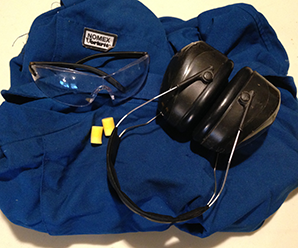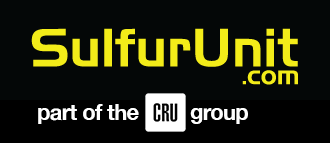 By Jeanne Rameau
By Jeanne Rameau
The old days –
How many of you have worked in Refineries? Let me step back a moment and ask, how many of you have worked in refineries 30 years ago? What has changed? Hmmm, 30 years ago some Refineries did not require Coveralls to work in the field, people smoked in the field, personal radios were few and far between, and most of your automated controls were you…yes, you physically moving a valve out in a unit.
Fast Forward –
What’s a TWIC card? TWIC stands for Transportation Worker Identification Credential. http://twicinformation.tsa.dhs.gov. TWIC was created out of the US PATRIOT ACT OF 2001 -http://freight.transportation.org/doc/water/twic.pdf. Currently, US Refiners are requiring employees and contractors working in secure areas to have TWIC cards. I would like to point out that I have my TWIC card, so I am not only eligible to work in Refineries, I could possibly check your bags at the airport as well.
I just want to get my work done –
This is a phrase mentioned by just about all who enter through the gates of a Refinery. Whether it’s a contractor, Operator, Engineer or Maintenance type. There are Hazops, PTA JSA, LOPA, PHA, if you look at current Safety programs, every acronym known to mankind exists and they all have a different twist to them. Control of work systems has far reaching tentacles. Currently, it’s very frustrating for folks to execute work. They want to be safe. But they want to get their work done. How do you accomplish both.
Hazards and Risks –
Our Industry will always have hazards. There is no getting around it. You can design a state of the art system, throw lots of money at it, lots of people. But hazards will always exist. Simply put, Hazard is the potential to cause injury or damage. Risk on the other hand, is the likelihood that the Hazard will cause an incident. Hazards are caused by the following:
- Human Error
- Design
- Mechanical/Power failure
- Environmental conditions (such as weather)
- External Influences
Where risk comes in – is how do I as human determine how to weigh a risk and minimize it as much as possible. What might seem risky to you may not be much of a risk to me. If you are a new engineer or operator and have never performed a particular task, it might be very very risky. But an experienced senior engineer or operator might see very little risk or find it quite manageable. Some risks are very black and white; some are very grey and subjective.
Let’s look at an example:
I am using this case as an example because I have in the past worked a job similar to this situation. A Contract field engineer was discussing with me a project he was working on in a refinery and was very frustrated with the situation. It involved a natural gas TIE-IN in a Sulfur Plant. He felt the TIE-IN could be executed with the unit running and following a Job/Safety protocol. The Unit Engineer was new and didn’t have much experience. The Operators involved were also new. The Operator’s rep for the project felt comfortable with it, but needed the buy in of the Unit Engineer, Operators and Safety, as it was their unit and they would have to be involved in the TIE-IN work. The Unit Engineer felt to make the TIE IN, the Unit would have to be shut down (well that wasn’t going to happen outside a TAR). The newer operators were just following the lead of the new Engineer leaving the project in a stalemate. So who is right?
Both parties.
What I am getting at is this particular TIE-IN could be done with the unit running or shutdown. Yes, if you shut the unit down…no problem (although the process of shutting down and starting up units has its own safety risks) but it could also be done safely while the unit is running. This is where experience and thoroughly researching all aspects of the job can benefit the unit and the Refinery.
Safety is a very fluid concept. What will work in one situation, might not work in another. We cannot simply write a Safety protocol and ASSUME it will fit in every situation.
OK, HERE”S ANOTHER EXAMPLE:
Civil work was being done with a road being dug up to put in a fire water line. Ecology blocks with cables connecting them between each of them, were placed around the excavation area so no one would fall in, with a hole watch to monitor contractors working in the ditch. The safety person was adamant that the hole watch should be wearing a harness and fall arrest so he would not fall to the bottom of the ditch. What the safety person did not understand was because of the depth of the ditch, the hole watch would end up at the bottom of the ditch anyway, as the fall arrest would do no good at such a shallow depth.
The hole watch could have simply staged himself outside the ecology blocks while still maintaining communication and visual site of personnel in the ditch. Meanwhile because of where the Safety Rep wanted the ecology blocks placed, a truck driver clipped one of the ecology blocks with the fender of his truck.
POINTS TO KEEP IN MIND
- Use common sense
- Look at each situation individually
- Think it through
=============================================








Leave a Reply
You must be logged in to post a comment.